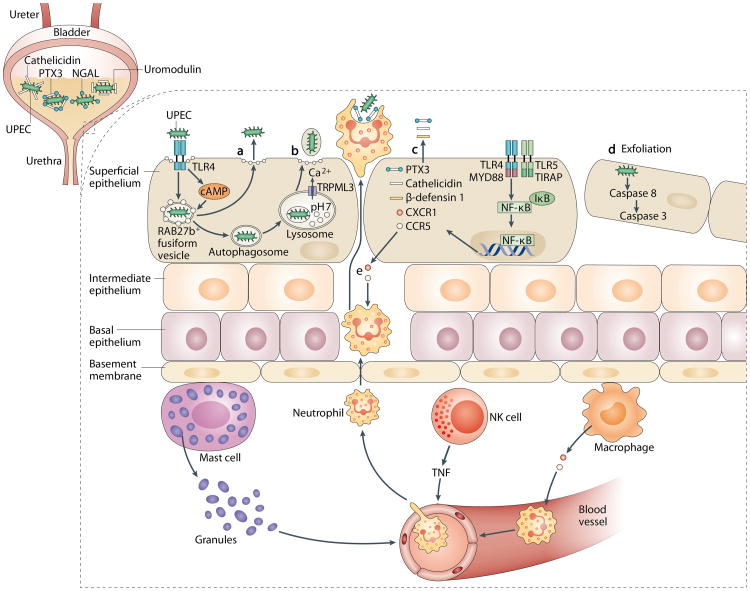Figure 2. Scope of innate immune responses in the bladder.
A robust and complicated network of innate immune responses can be initiated in the bladder in response to infection. a | Following invasion by uropathogenic Escherichia coli (UPEC) and encapsulation within RAB27b+ vesicles in bladder epithelial cells (BECs), Toll-like receptor 4 (TLR4) recognizes intracellular UPEC and increases intracellular cyclic AMP (cAMP) levels. This leads to exocytosis of RAB27b+ vesicles harbouring UPEC and expulsion of the intracellular UPEC back into the lumen of the bladder. b | When intracellular UPEC escape the first wave of expulsion by breaking the RAB27b+ vacuole, these bacteria are targeted by autophagy and delivered into the lysosomes, which in turn are manipulated by UPEC to lose their degradative capacity. These malfunctioning lysosomes are sensed by a lysosomal transient receptor potential (TRP) mucolipin 3 channel (TRPML3) and trigger lysosome exocytosis, resulting in bacterial expulsion. c | Upon sensing the presence of pathogens by TLR4 and subsequent signalling a wide range of soluble factors are also secreted by BECs, including antimicrobial peptides (such as cathelicidin and β-defensin 1), antimicrobial proteins (such as pentraxin 3 (PTX3)) and chemokines (such as CXCL1 and CCL5). d| Bacterial infection initiates caspase 3-and caspase 8-dependent apoptosis of infected BECs, which shed into the bladder lumen; this represents another effective mechanism to reduce bacterial load. e | Coordinated cellular immune responses in the bladder are shown. The resident sentinel immune cells — such as mast cells, natural killer (NK) cells and macrophages — can sense the presence of the infections and secrete various cytokines to recruit other innate immune cells from the bloodstream, especially neutrophils to clear the infections. IκB, NF-κB inhibitor; MYD88, myeloid differentiation primary response protein 88;NGAL, neutrophil gelatinase-associated lipocalin; NF-κB, nuclear factor-κB; TIRAP, Toll/IL-1R domain-containing adaptor protein; TNF, tumour necrosis factor.

